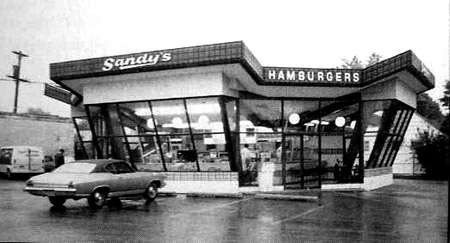Well, it certainly is heartwarming to hear that $3 million in additional donations have rolled in for the proposed downtown museum, but it got me wondering… remember all the talk about this project putting people to work during the recession? Who was it that said that? Oh, yeah, Michael Bryant in InterBusiness Issues:
The message to “Build the Block” as our own stimulus package should be viewed very positively. We would be taking control of our destiny and using our talents and resources to help each other, not waiting for a helping hand. While Peoria may get some monies from President Obama’s economic stimulus package, it would be a mistake for us to wait and see what monies we may get while we have our own outstanding stimulus package right in front of us, literally “shovel-ready.”
Except that they’re not going to start shoveling until at least next year. But according to a new report by Bradley professors Scott and Lewer (you remember them), “the recession will end sometime during the second half of this year.”
So much for helping us stimulate the economy or helping our residents through tough times. Sounds like the economy is correcting itself just fine without turning a spade of dirt for the proposed museum. Who’da thunk? Why, I bet once the recession is over, there would even be a market for the land that’s been held hostage by the museum for the past 11 years.
It’s not too late to correct past mistakes. The current redevelopment agreement for the old Sears block is set to expire at the end of June and must be renegotiated. Now would be the time for the city to require a larger portion of the block be opened up to private, mixed-use development. That would allow the museum to still locate on the block, but in a different form, and it would allow a larger portion of the land to produce property and sales tax income for the city — something we desperately need.
It would not be unprecedented, you know. After voters overwhelmingly supported the library referendum, the city decided to scale back their plans, issuing only $28 million for expansion/updating instead of the $35 million voters approved. I believe the phrase at that time was that the mayor wasn’t “drinking the Kool-Aid on the 72%” of voters who approved the referendum. In fact, Ardis said, taking into account the low voter turnout, that really meant that only 15% of all registered voters voted in favor, and the council has a responsibility to look at the bigger picture and represent all residents whether they voted or not. Well, guess what percentage of registered voters voted in favor of the museum? 12.29% (15,327 of 124,730). So, it only stands to reason that the city would take the same cost-saving measures with this project that they did with the library project, right? After all, times are even more dire now than when the library referendum passed; now we’re staring in the face of a $10 million deficit. Will the mayor be representing all residents whether they voted or not this time?
Of course, the city won’t actually do what I’m suggesting. They’ll pass up (for the fifth time now on this project alone) an opportunity to save money for taxpayers and increase revenues to the city, and instead look for more regressive ways to plug the budget deficit, like cutting public works and public safety, and raising garbage fees.


